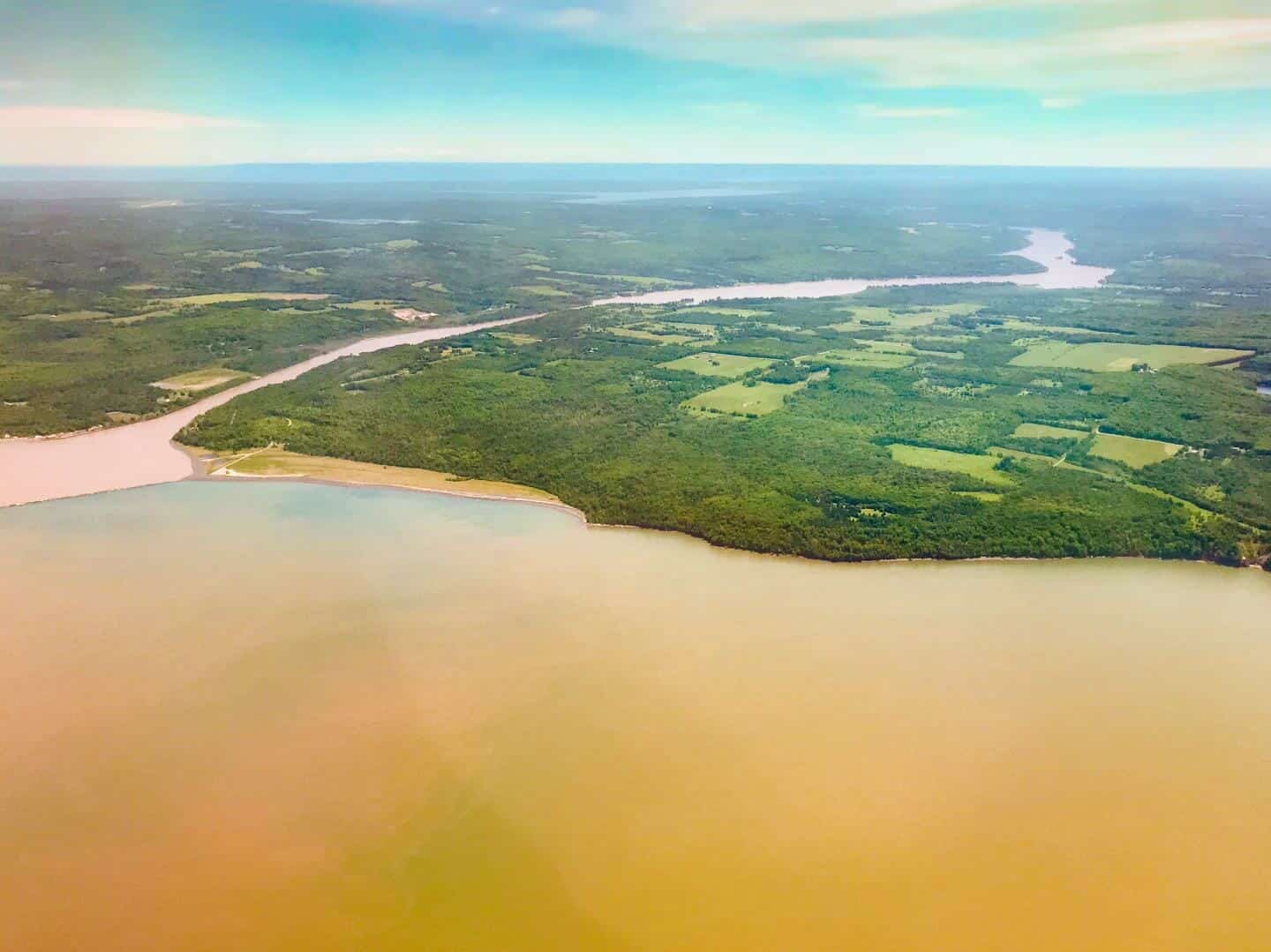

IMAGE: During flash flooding, water treatment systems can become overwhelmed, allowing untreated effluent and household chemicals to flow into local waterways.
Synthetical chemicals are ever-present in modern life — in our medications, cosmetics and clothing — but what happens to them when they enter our municipal water supplies? Because these chemicals are out-of-sight, out-of-mind, we assume they cannot harm us after we flush them down the sink.
However, most water treatment infrastructures were not designed to remove synthetic organic chemicals like those found in opioids, personal care products and pharmaceuticals. Consequently, trace concentrations of those chemicals are present in effluent: the water discharged from treatment plants into lakes, rivers and streams.
Although found in extremely small concentrations, just nanograms or micrograms, the toxicity is not well understood in human bodies and ecosystems. Worse, we know even less about the effects on human and ecosystem health of byproducts created during advanced oxidation water treatment processes; thousands of chemical byproducts can be created in just minutes.
Therefore, it’s crucial that scientists and treatment plant managers understand the mechanisms by which chemical byproducts are created during the treatment process. Daisuke Minakata, assistant professor of civil and environmental engineering at Michigan Technological University, with […]
Full article: Break it down: Understanding the formation of chemical byproducts during water treatment
Anxiety drugs are getting into the water we drink. This is how we could stop them.
Water treatment for cement plant wastewater
Removing Trace Metals From Stormwater at Industrial Hard Chrome Plating Facility
U.S. Steel dumps more toxic chromium near Lake Michigan, faces lawsuit
Pennsylvania watershed contaminated with radioactive material and endocrine-disrupting chemicals
Clean water is essential for life, yet millions of Americans unknowingly consume contaminants through their…
Human brains contain higher concentrations of microplastics than other organs, according to a new study, and the…
From the Office of the Governor: In anticipation of a multi-day, significant atmospheric river in Northern California,…
From Governor Newsom: Scientists, water managers, state leaders, and experts throughout the state are calling…
Photo: A harmful algal bloom in Milford Lake, Kansas, made the water appear bright green.…
An expanded plastic foam coffee cup is at a donut shop in Monterey Park, California.…